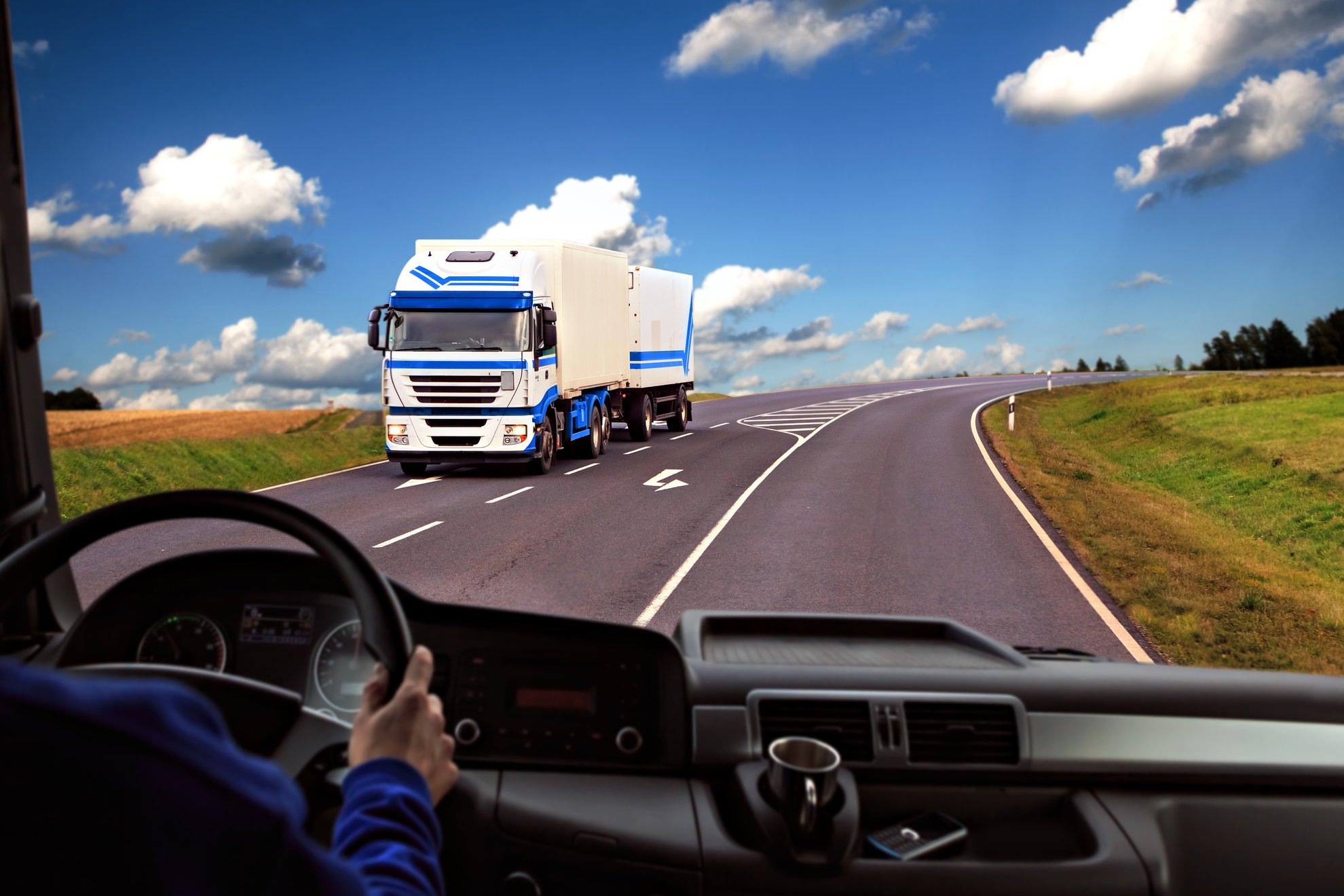Once again, CES 2020 in Las Vegas has delighted us with an intriguing mix of highest tech innovations in the world of consumer technologies. We saw self-driving, autonomous and flying vehicles, swarms of flying, running, walking, crawling, swimming robots, giant TV screens, virtual biometrics, wearables in all sizes, many exciting and some useless products for the home, current generation and future cars, and much more. In the article, we would like to share what we believe are the top 10 automotive technologies that matter most.
Just about everything claims to be “connected” and powered by AI. Some technologies for the automotive space stood out, either because they will significantly impact new products and the way we will use them over the next 1-2 years, or because they show important trends for the next 5-10 years that the automotive industry will progressively explore and turn into next-generation products and services.
Here are the ones which caught our eyes.
#1 - Flying taxis
Hyundai’s impressive and hard to miss flying vehicle, designed for use by Uber, gives us a glimpse of what commuting in the city will be like in the future. It makes use of air space to avoid getting stuck in ground-level traffic jams by cruising around 1,000 to 2,000 feet in the air. Compared to today’s road-only assists, driving and flying-assist technologies will clearly need to become a lot more sophisticated, having to take into account fixed and flying objects in all directions.
#2 - Vision-S Concept
While not being able to fly, Sony’s Vision-S Concept shows an intriguing “All-you-can-eat” set of electronics for the cockpit, literally surrounding driver and passengers with all imaginable entertainment and information resources. This theme has been explored in the past by many other leading-edge car manufacturers, but it marks a first for Sony.
#3 -5G wireless connectivity for V2V and V2X communications
This technology is here to stay. This is the year when a fast-growing number of smartphones will show support for the new standard of high-speed cellular communications. While this represents a step up in the ability to quickly download 2K, 4K, 8K video files to our handheld devices, we believe that the most important application is in line-of-sight, very-low-latency communications between devices sharing the same space, for instance a congested intersection.
5G is going to be a critical component in making vehicle to vehicle communications finally affordable and effective. Decades of on-the-road testing of Vehicle-to-Vehicle (V2V), Vehicle-2-Infrastructure (V2I) and Vehicle-to-Everything (V2X) using various communication channels seem to have finally found the standard to agree upon (except the EU, who preferred a Wi-Fi variant). At CES, companies like Verizon Connect and HERE Technologies showed the benefits of how sharing rich context information and multi-layer digital mapping, with true real-time updates, will bring to safe driving.
CES has been historically the springboard for many technology innovations that changed our lives for good. Driving Safety has clearly risen to a major theme for 2020 and beyond, which is demonstrated by the growing number of solutions for driver monitoring systems seen at Las Vegas, with an increasing focus on driver attention monitoring.
Here are some new component technologies that will help expand the role of Advanced Driver-Assistance Systems (ADAS) and improve the effectiveness of the interaction with the driver.
#4 - Affordable LIDARs
We saw many examples of affordable LIDARs (light detection and ranging) and fusion with road cameras. They are using smaller and smaller solid-state LIDAR devices (e.g., Velodyne’s Velabit) and “fusing” the 3D distance/speed information with information collected from single or multiple road cameras and radar sensors. Self-driving vehicles and even more so, autonomous driving vehicles need to use all the help they can get from different types of sensors to combine their strengths and be able to “see” objects in any condition (rain, fog, snow, night) better than human drivers can. As prices of these devices come down, we expect that driving assist solutions will integrate them more and more, even in after-market solutions, while mainstream car OEMs will embed them into new-generation vehicles.
#5 - Infrared Cameras
In addition to traditional cameras, LIDARs, and RADARs (Radio detection and ranging), new interesting solutions featuring low-cost, high-quality infrared cameras were shown by TriEye and AdaSky. Thermal imaging has been around for a while in the military (night sight) and medical (cancer detection) applications. This technological breakthrough significantly lowers the cost of the infrared cameras, opening up to much larger markets. Mounted close to the high-beam lamps, they make it possible to see living creatures (people, animals) in complete darkness or very low-visibility conditions.
#6 - Intelligent Rearview Mirror
To improve driving safety, new intelligent rearview mirror systems are starting to move into production vehicles (Aston Martin’s 3-camera rearview mirror by Gentex). This is definitely a welcome evolution of traditional rearview mirrors, where one glance is sufficient to see left, right, and behind the car. We expect that orientation and field of views of the cameras will become smart and adapt to the position and distance of the surrounding vehicles to eliminate blind spots once for all.
#7 - Transparent Hood
Continental showcased an interesting transparent hood concept, using 4 road-facing cameras to collect information from the road ahead and project it on a screen as the vehicle moves over it, giving the illusion of a fully transparent hood. Very useful to remind the driver what the car may be driving on.
#8 - Virtual Visor
Bosch’s Virtual Visor is a clever example of a translucent LCD-like sun visor that uses a driver-facing camera to evaluate the impact of the strong sunlight on the face of the driver. By switching small tiles on and off, sunlight is filtered to prevent direct illumination of the eyes. This prevents sun glare, and we believe that it may also prevent blending from high beams at night from other cars. The key advantage is that it is fully automated and only intervenes when and where needed, leaving maximum unobstructed view to the driver. We wonder if it will ever be embedded into the main windshield?
#9 - Vibrating interior as distributed speakers
AC2ated Sound technology by Continental and Sennheiser is meant to provide highly customizable and programmable audio entertainment capabilities. We believe an even more interesting contribution to driving safety can come from using it to change the perceived location of audio sources dynamically, to playback key warnings to an inattentive driver, and combine audible with inaudible (vibration) alerts for increased effectiveness.
#10 - Camera-based collection of vital signs
This technology is meant to extract heartbeat rate (including heart rate variability), respiratory rate, amount of oxygen in the blood, blood pressure to evaluate the amount of stress the driver (or passenger) is in, without the need to physically connect with the body. Binah.ai demonstrated a very convincing mobile app that extracted the information in a few seconds (heart rate) to a couple of minutes (stress level). While the primary use is not in-car, we believe that this approach can significantly change the way the car (e.g., self-driving) is made aware of the emotional state of the passengers, and maybe change the driving style.
While not designed for the auto industry, we would like to acknowledge an interesting new solution for visually impaired people, developed by former founders of Mobileye, the well-known pioneer in road scene analysis systems for self-driving vehicles.
OrCam MyEye 2 is a portable AI device that allows visually impaired people to understand text and identify objects by listening to a verbal description of what they are unable to see. A flexible and robust Optical Character Recognition system is enhanced with scene analysis (object detection, color description) and optical gesture analysis to read back what it “sees,” using speech recognition and synthesis to communicate with the user and change operating modes. The device is very compact and is mounted on traditional reading glasses, using bone-conduction for both microphone and speaker to exchange audio with the user.
Conclusion
It was an exciting time at CES 2020, and we got to see many new and innovative breakthrough technologies, especially those that assist in making safe driving a priority. Driving safety has become an important investment area for the entire automotive industry.
Technology is moving leaps and bounds to make it affordable. Now is the time to integrate them into intelligent solutions that save lives and make every minute of our daily travel more enjoyable.
Interested in learning more about dreyev and our advanced driver-assisted system? Click below to learn more about “Walter,” our virtual co-driver that provides coaching in real-time to improve your safety record and lower costs.



